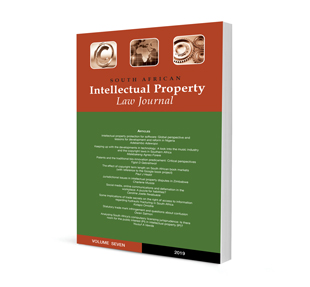From Century City to Sandton City: Aspects of geographical trade marks

From Century City to Sandton City: Aspects of geographical trade marks
Author Wim Alberts
ISSN: 2521-2591
Affiliations: Professor of Mercantile Law, University of Johannesburg
Source: South African Intellectual Property Law Journal, 2020, p. 1 – 12
Abstract
A name that is a geographical designation may at times acquire a secondary meaning, indicating the origin of goods or services. With regard to retail services it is well established, in South Africa and Europe that they qualify for protection – the essence being the bringing together, for the sake of convenience goods for purchase by the public. However, a particular problem has arisen in relation to shopping complexes. Whilst European, but also British, law has protected such marks, they have also come under attack. The basis for the latter, in brief, is that the names of the complexes have become landmarks or acquired primarily a geographical significance. In Britain for instance protection was not granted to the mark canary wharf, as it, amongst others, was the name of a political ward. The marks in other words no longer function as trade marks. This issue came to a head in the judgment in the Century City case. In this matter the trade marks of a retail establishment were attacked on the ground that they have come to relate more to a place name than a trade mark. Having regard to the need for tenants to describe their businesses whilst using the name, the principal marks were expunged. In applying the case to developments such as Sandton City, possible discerning factors are investigated. One might be single ownership of the complex. Another interesting question is the impact of the situation where there is a pre-existing suburb, with the same name as the complex, versus where the complex is built later on.
